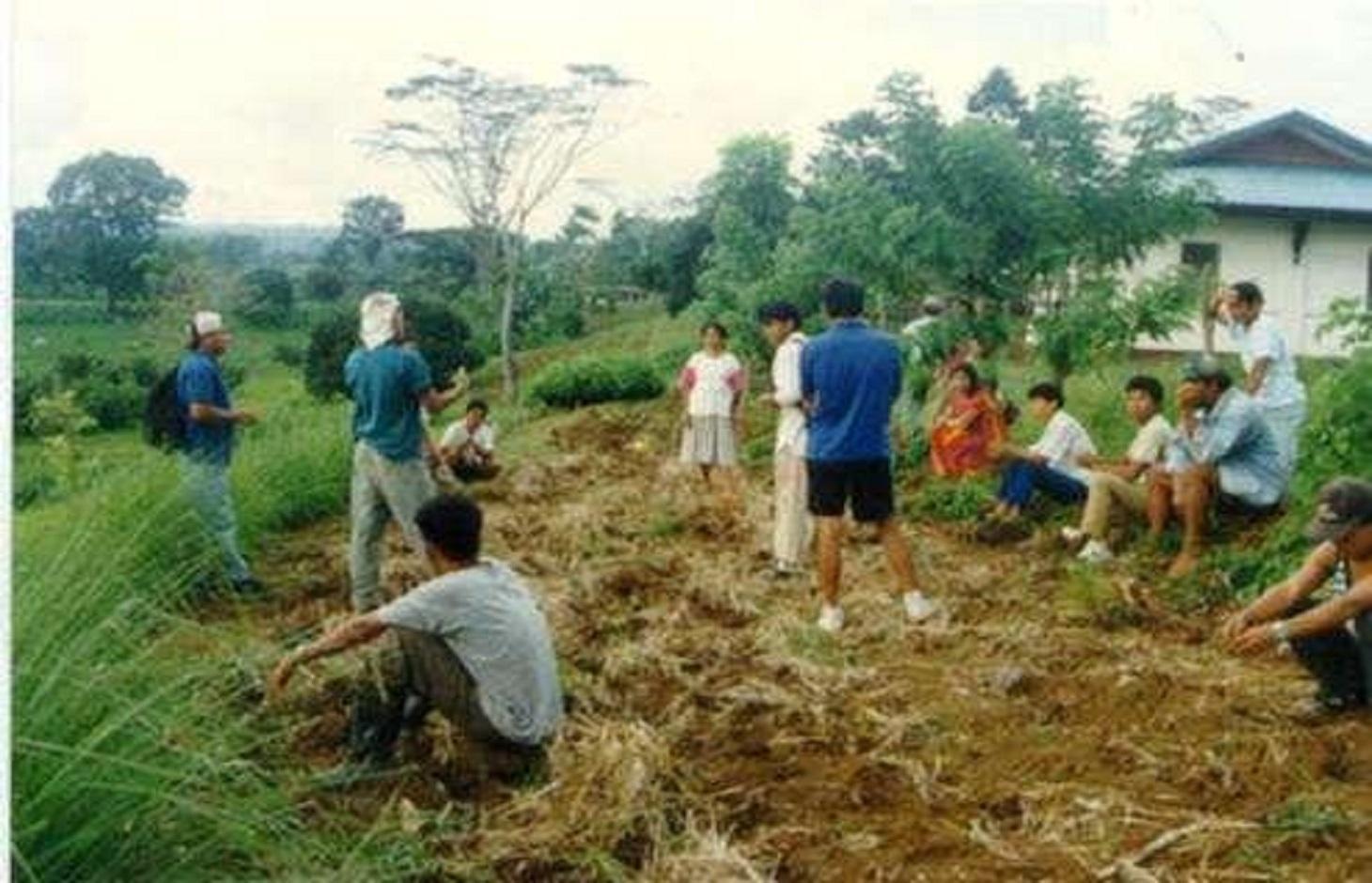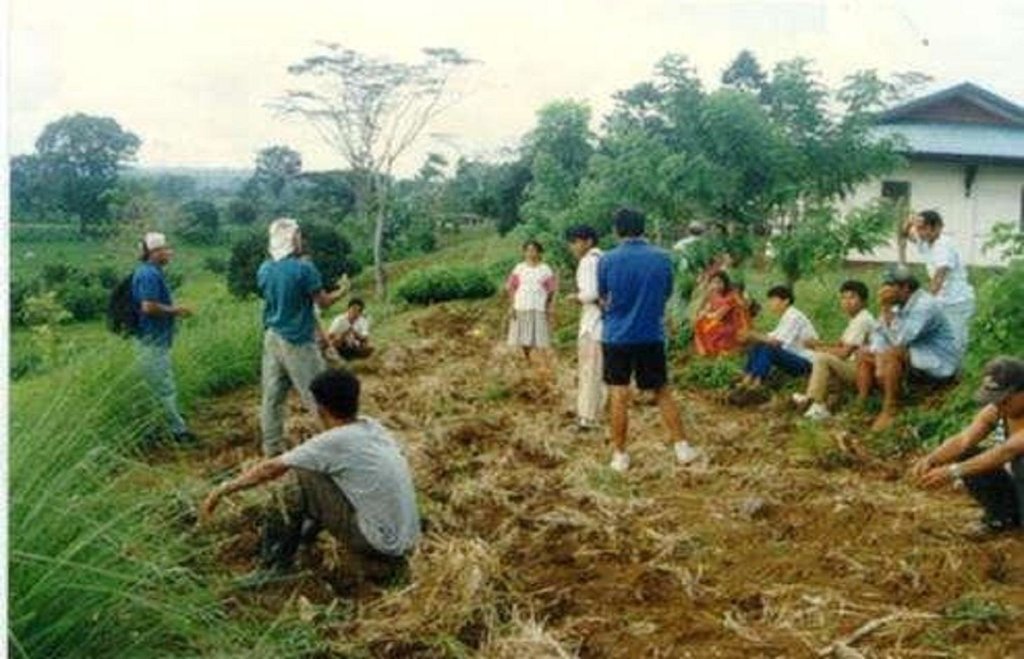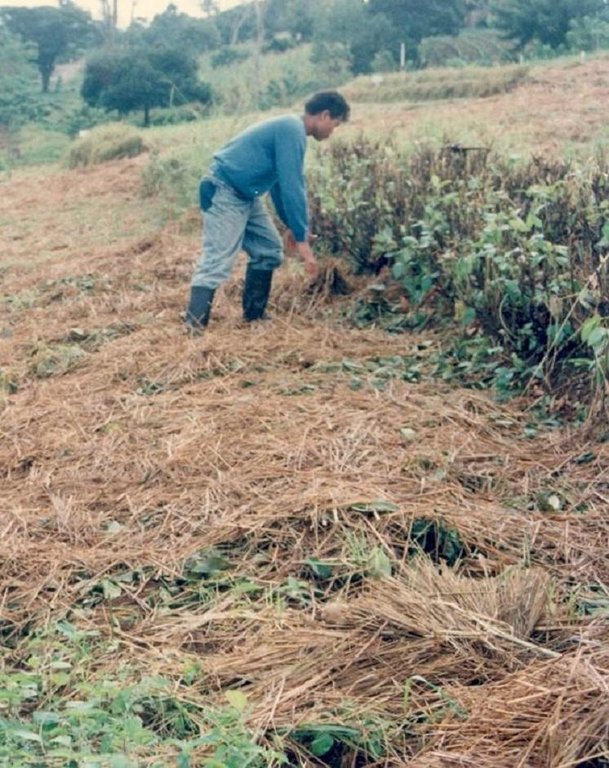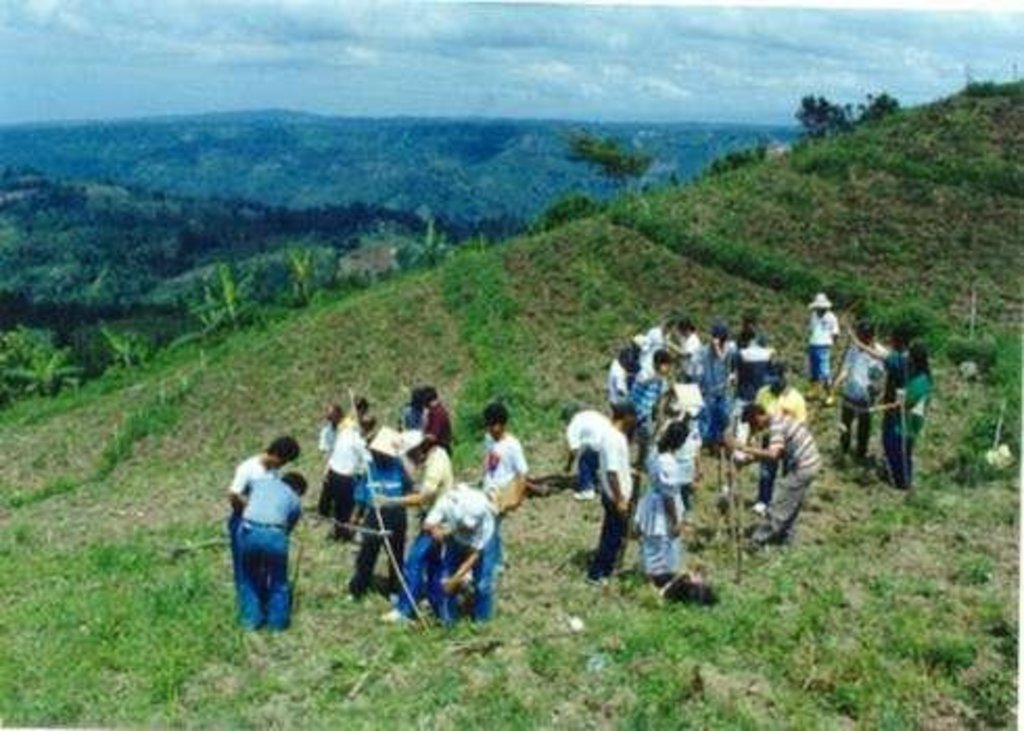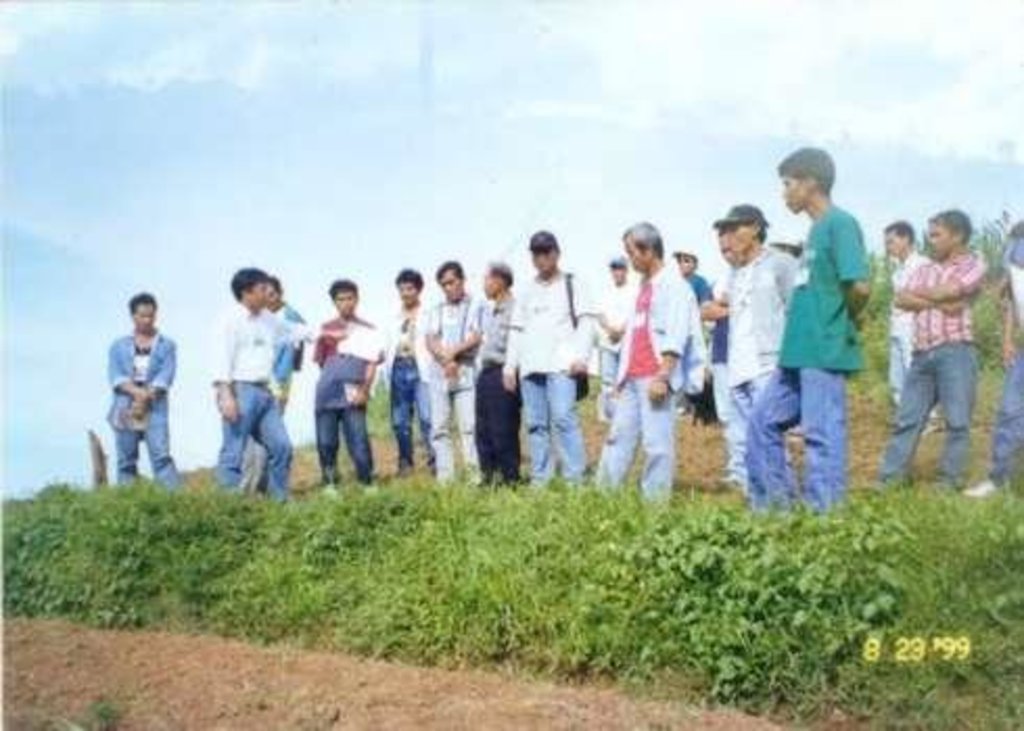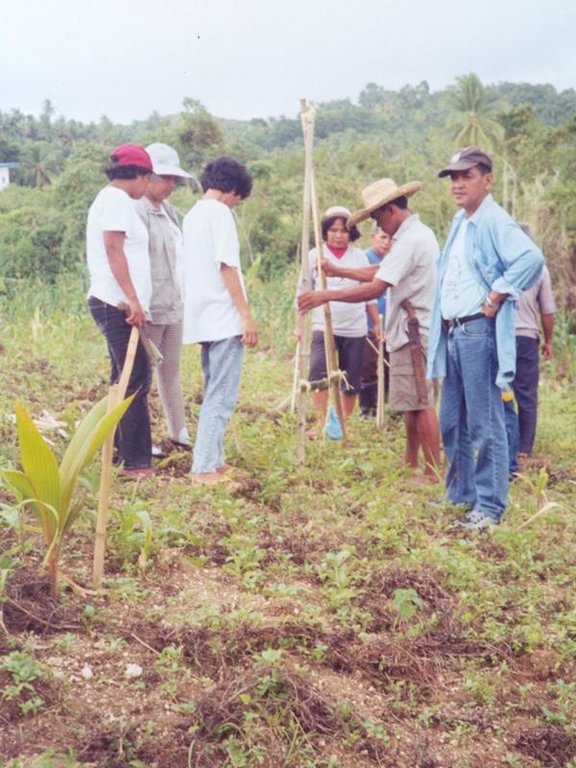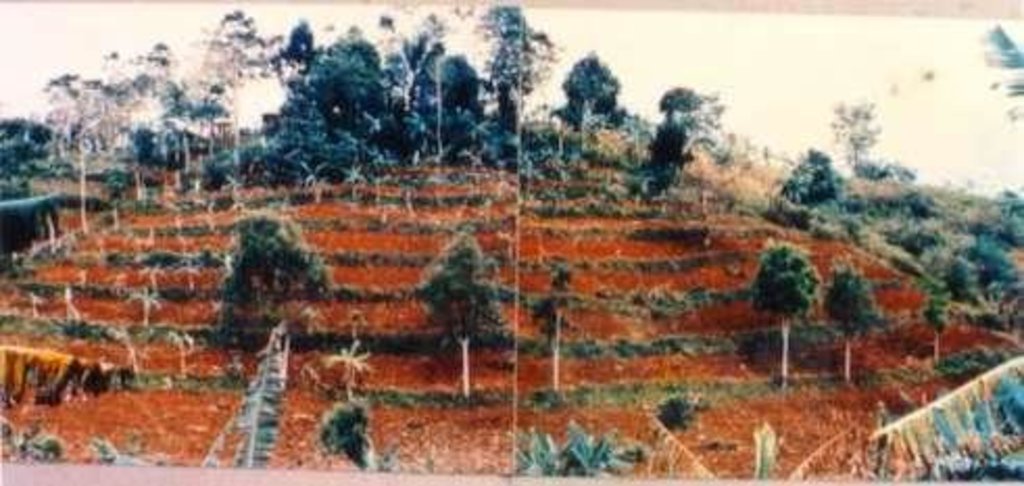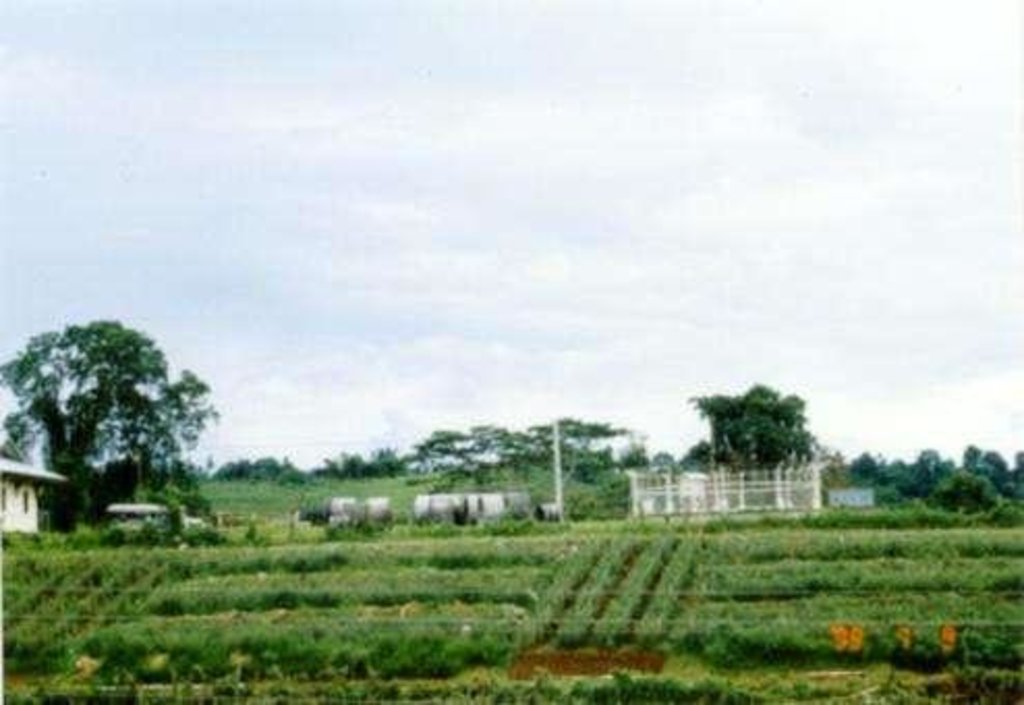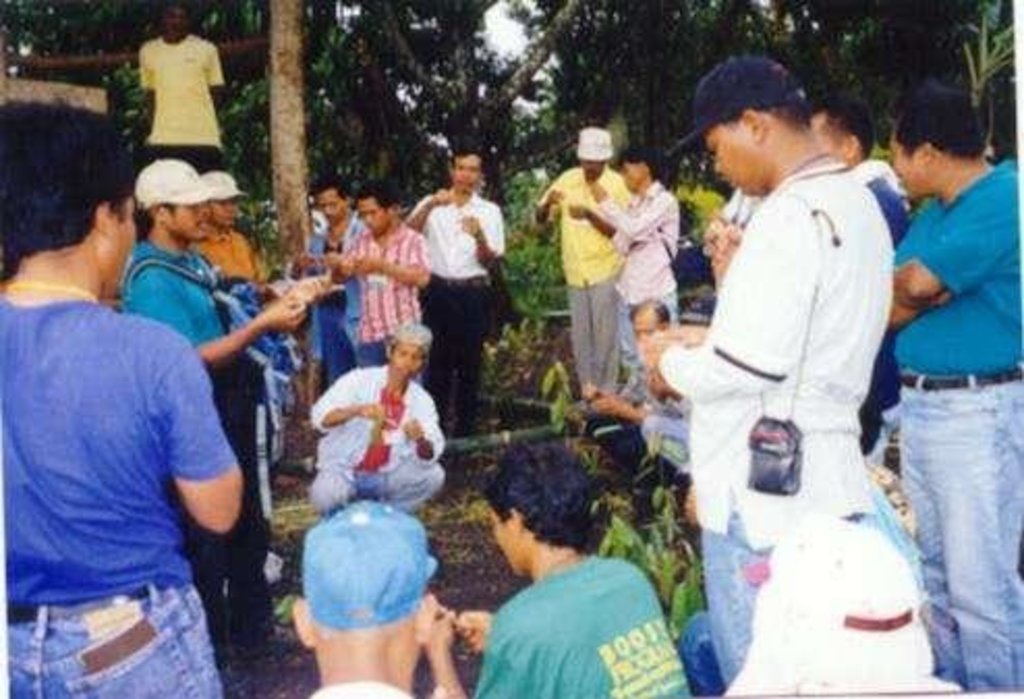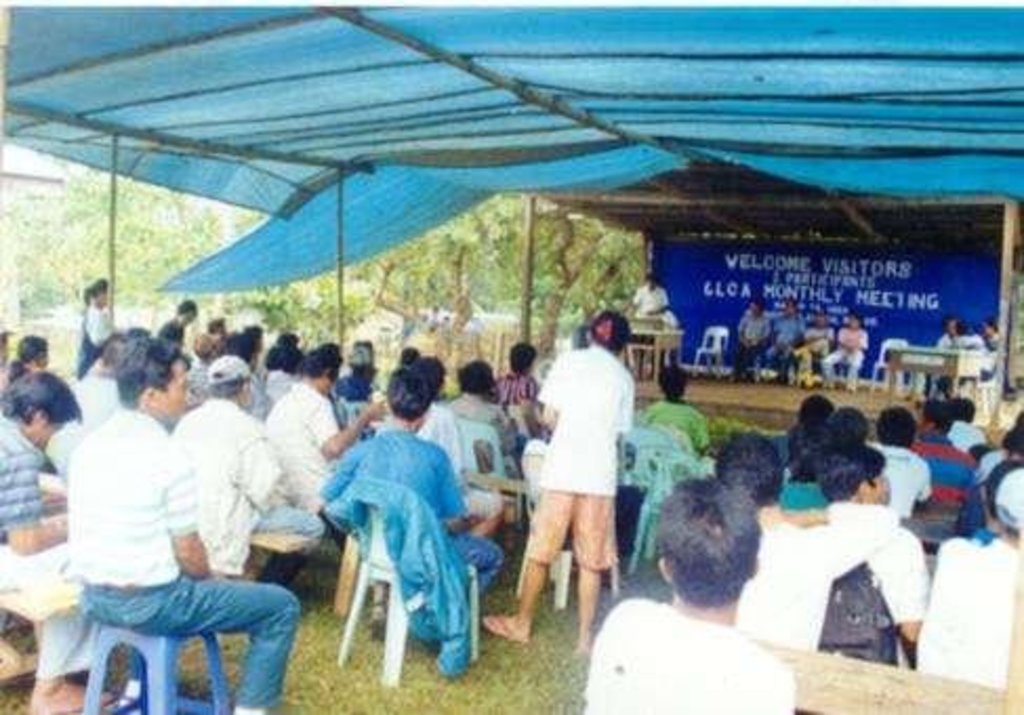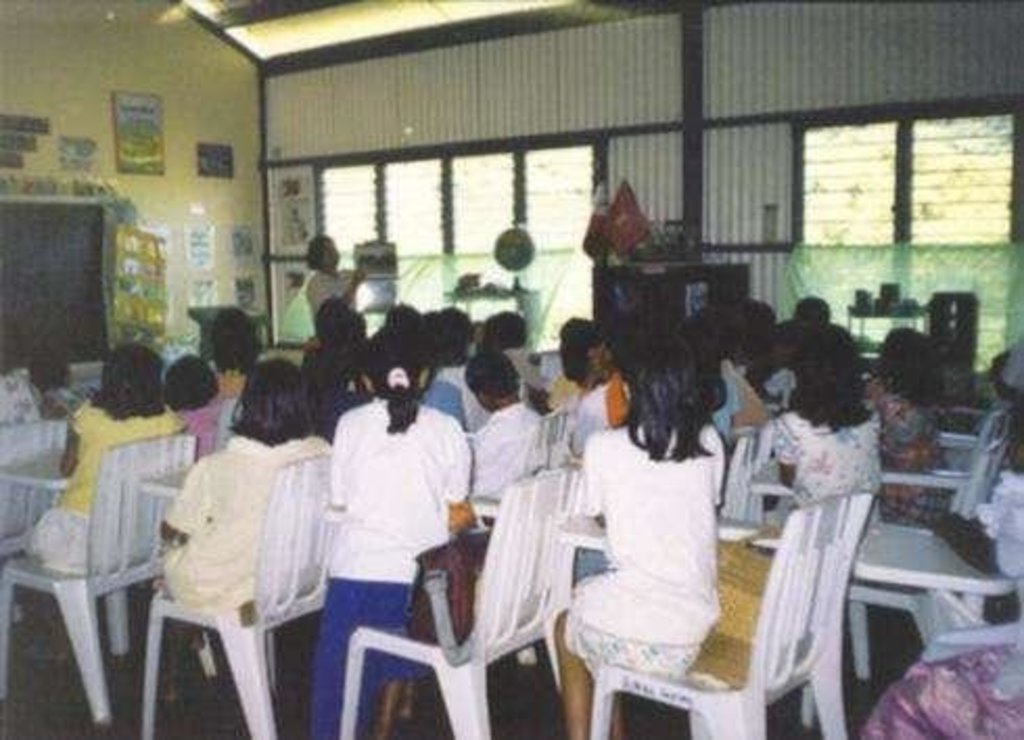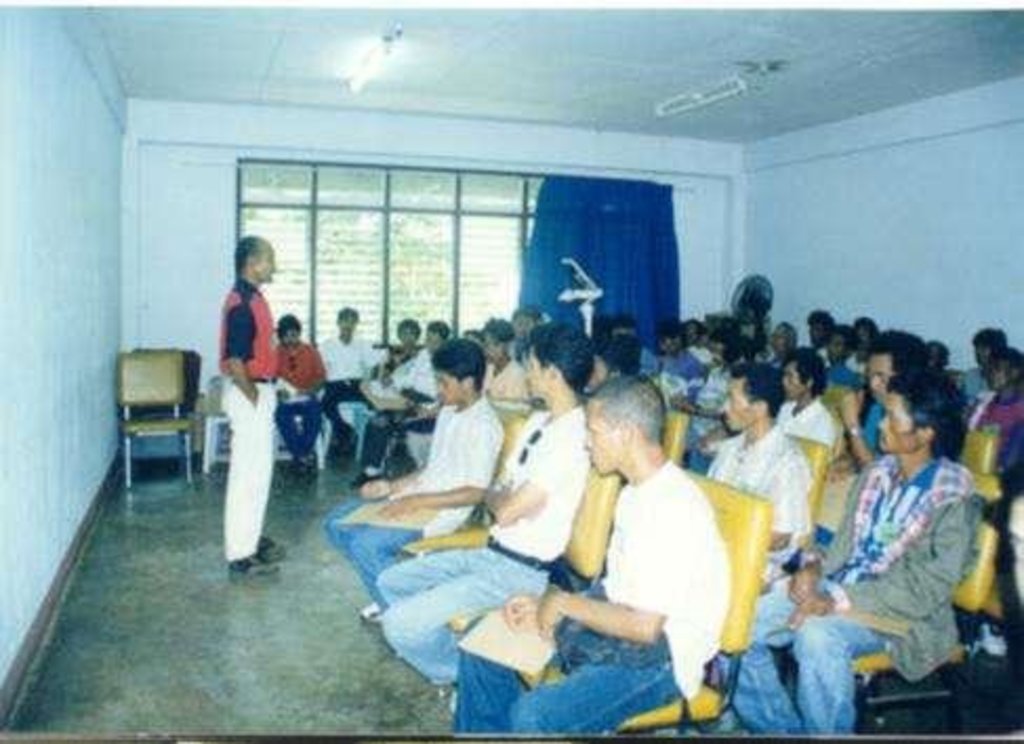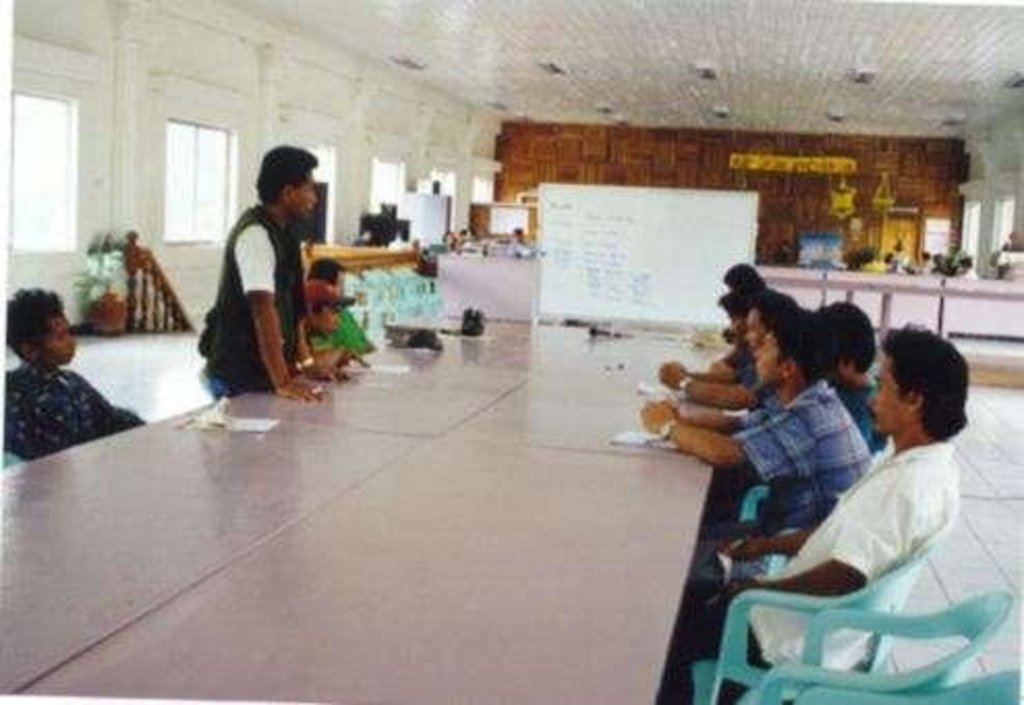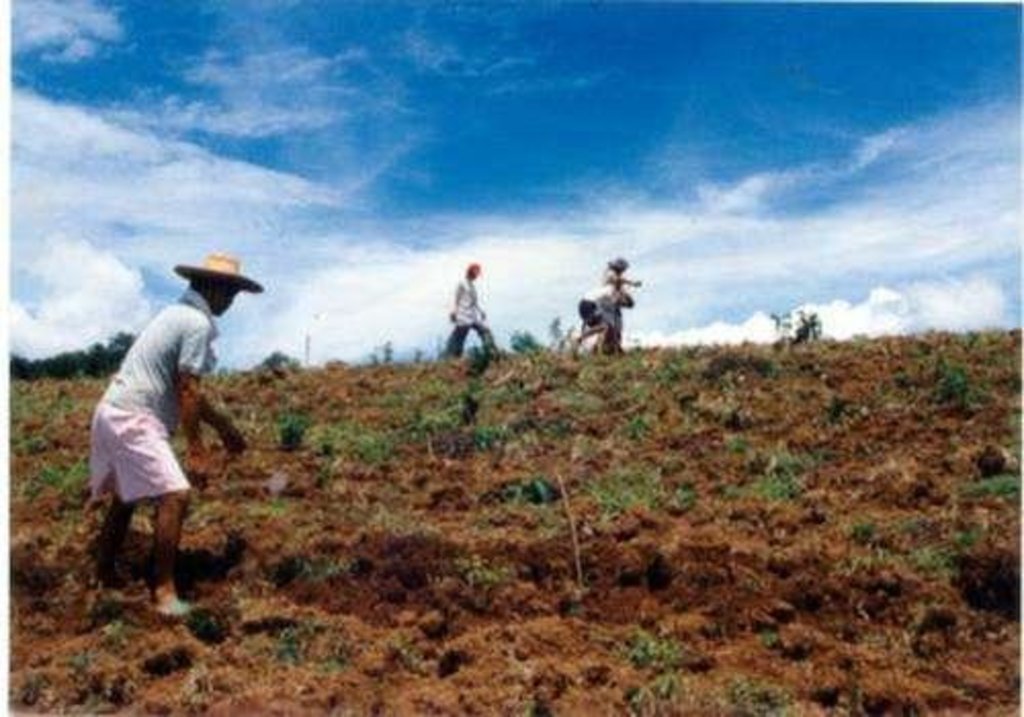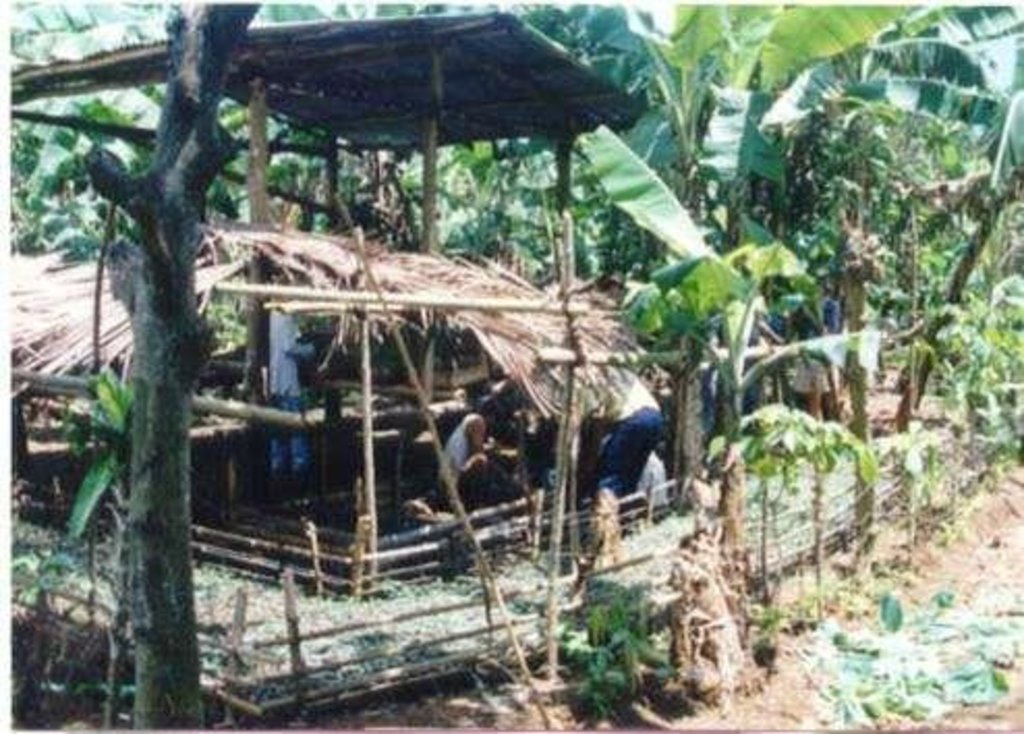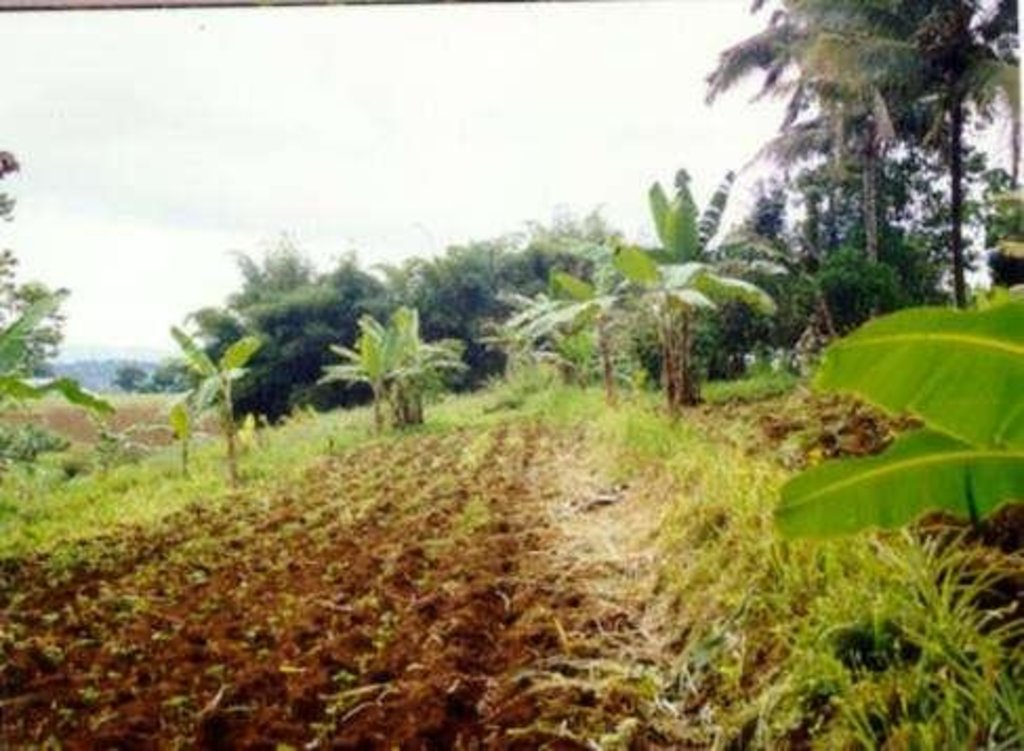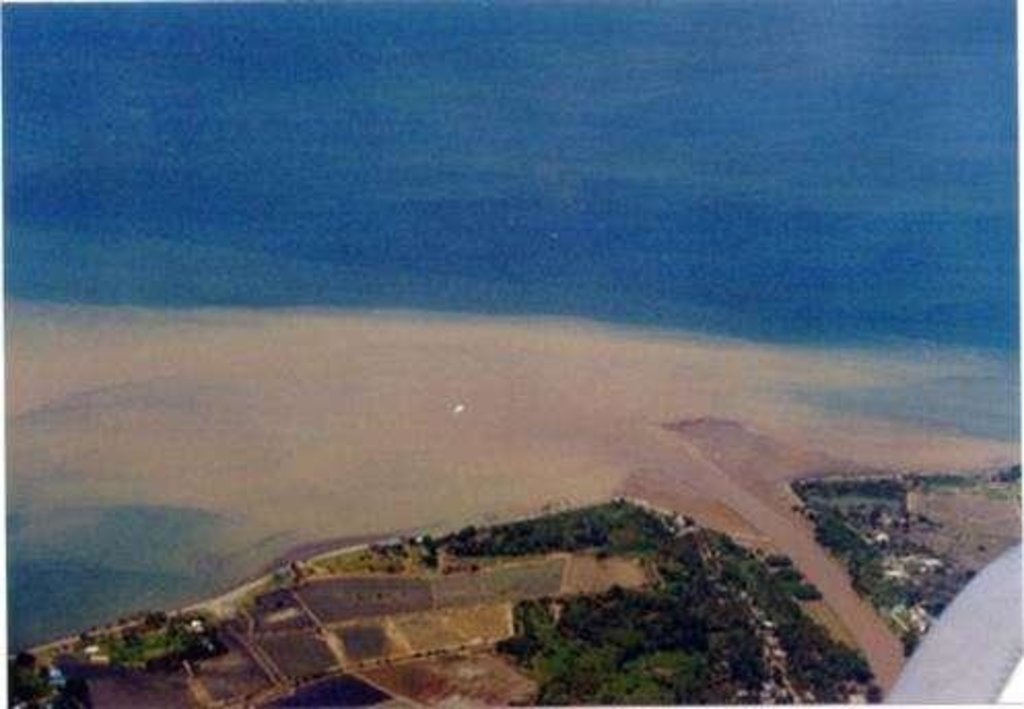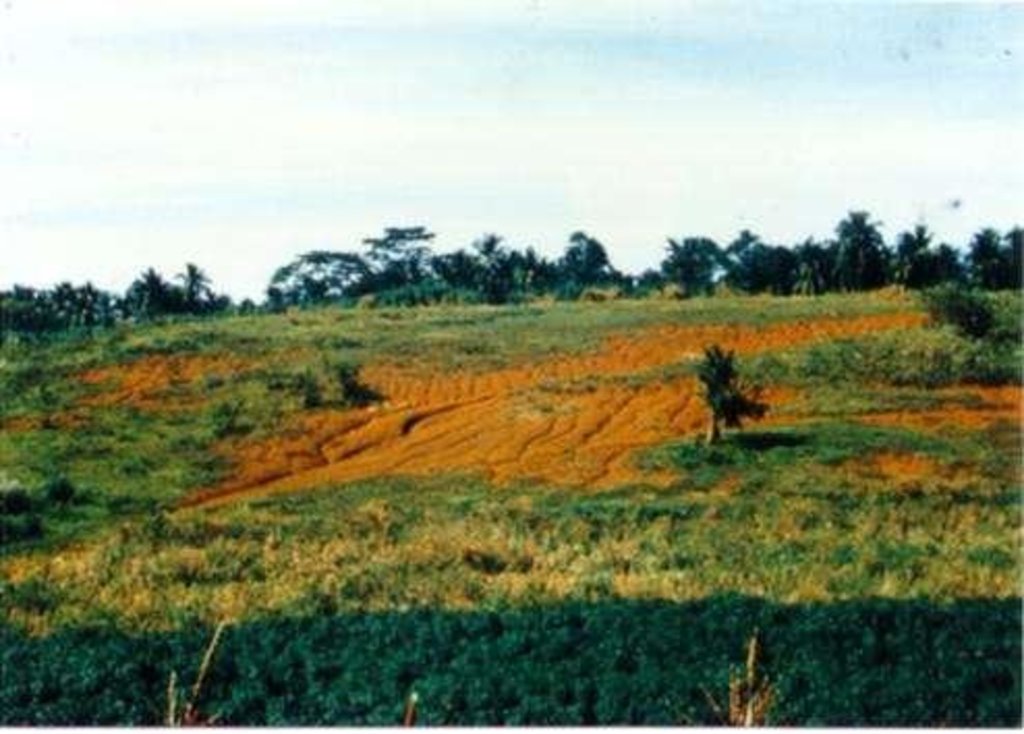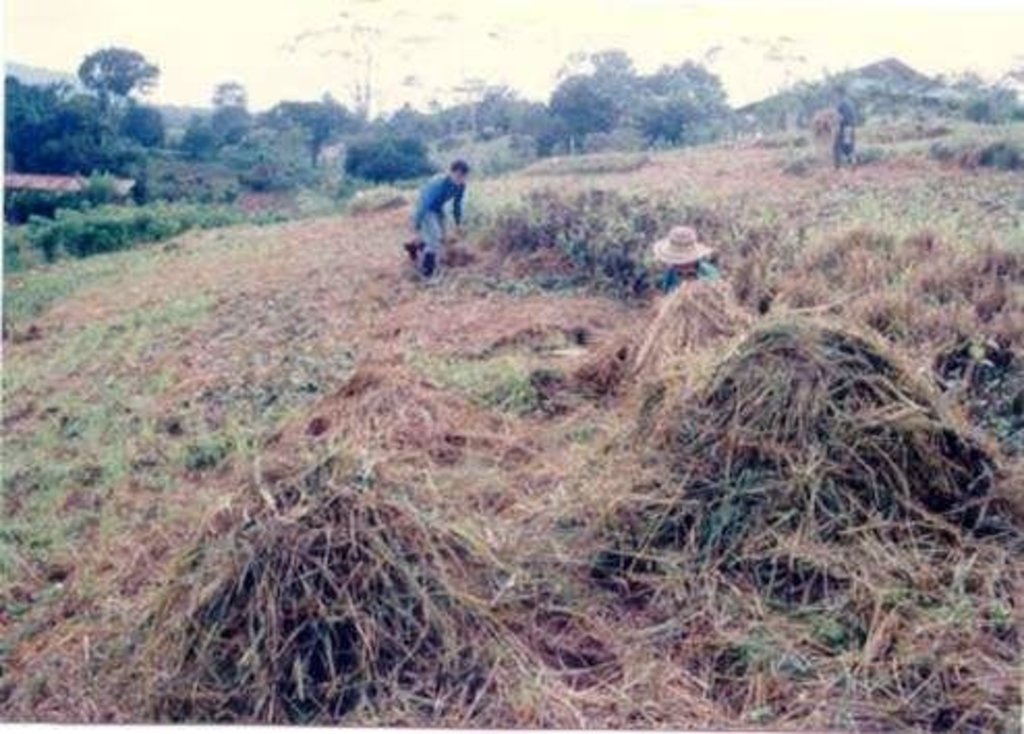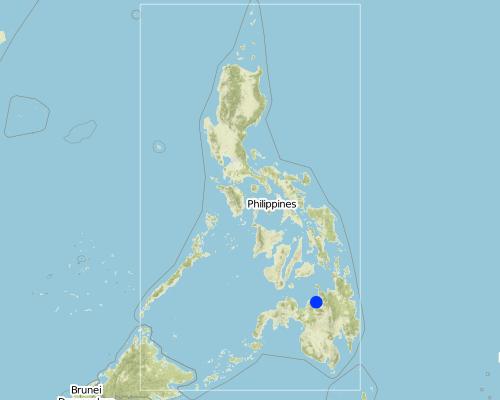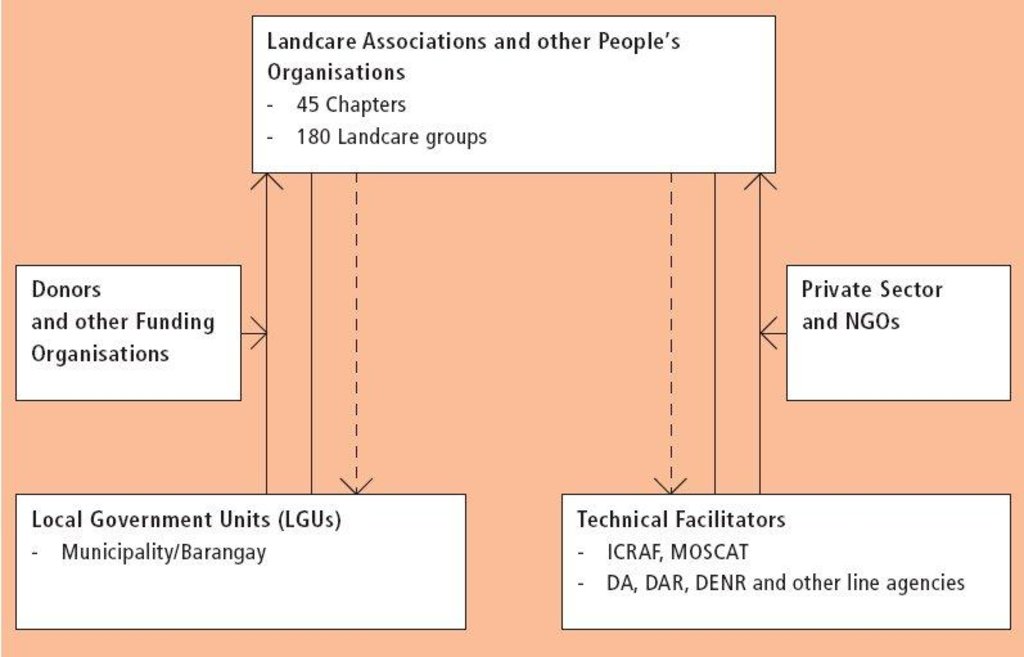LANDCARE - Claveria Landcare Association (CLCA) [ฟิลิปปินส์]
- ผู้สร้างสรรค์:
- การอัพเดท:
- ผู้รวบรวม: Romeo Villamin Labios
- ผู้เรียบเรียง: Deborah Niggli
- ผู้ตรวจสอบ: Deborah Niggli
approaches_1934 - ฟิลิปปินส์
ดูส่วนย่อย
ขยายทั้งหมด ย่อทั้งหมด1. ข้อมูลทั่วไป
1.2 รายละเอียดที่ติดต่อได้ของผู้รวบรวมและองค์กรที่เกี่ยวข้องในการประเมินและการจัดเตรียมทำเอกสารของแนวทาง
วิทยากรหลัก
ผู้เชี่ยวชาญ SLM:
Garrity Dennis
D.Garrity@cgiar.org
ICRAF-Southeast Asian Regional Program, Bogor, Indonesia
ฟิลิปปินส์
ผู้เชี่ยวชาญ SLM:
ผู้เชี่ยวชาญ SLM:
Bertumen Manuel
(63) 918-710-0798 / Fax: (63) 8821-720964
kalinaw@cdo.philcan.com.ph
ICRAF-Philippines, MOSCAT Campus, Claveria; Misamis Oriental, Philippines
ฟิลิปปินส์
ผู้เชี่ยวชาญ SLM:
Mercado Augustin, Jr
ICRAF-Philippines@cgiar.org / agustin9146@yahoo.com
Claveria Research Site
MOSCAT Campus 9004, Claveria, Misamis Oriental, Philippines
ฟิลิปปินส์
ชื่อของโครงการซึ่งอำนวยความสะดวกในการทำเอกสารหรือการประเมินแนวทาง (ถ้าเกี่ยวข้อง)
Book project: where the land is greener - Case Studies and Analysis of Soil and Water Conservation Initiatives Worldwide (where the land is greener)ชื่อของโครงการซึ่งอำนวยความสะดวกในการทำเอกสารหรือการประเมินแนวทาง (ถ้าเกี่ยวข้อง)
Decision Support for Mainstreaming and Scaling out Sustainable Land Management (GEF-FAO / DS-SLM)1.3 เงื่อนไขที่เกี่ยวข้องกับการใช้ข้อมูลที่ได้บันทึกไว้ผ่านทาง WOCAT
วันที่เก็บรวบรวมข้อมูล (ภาคสนาม):
16/01/2009
ผู้รวบรวมและวิทยากรหลักยอมรับเงื่อนไขเกี่ยวกับการใช้ข้อมูลที่ถูกบันทึกผ่านทาง WOCAT:
ใช่
1.4 การอ้างอิงถึงแบบสอบถามเรื่องเทคโนโลยี SLM
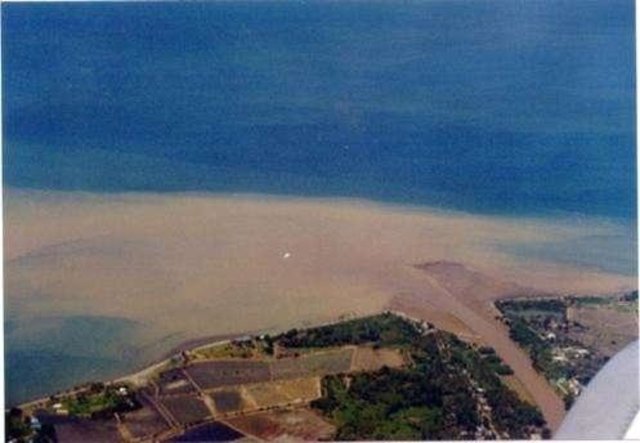
Natural Vegetative Strips (NVS) [ฟิลิปปินส์]
Within individual cropland plots, strips of land are marked out on the contour and left unploughed in order to form permanent, cross-slope barriers of naturally established grasses and herbs.
- ผู้รวบรวม: Philippine Overview of Conservation Approaches and Technologies
2. คำอธิบายของแนวทาง SLM
2.1 การอธิบายแบบสั้น ๆ ของแนวทาง
Associations that help diffuse, at low cost, soil and water conservation technologies among upland farmers to generate income while conserving natural resources.
2.2 การอธิบายอย่างละเอียดของแนวทาง
การอธิบายอย่างละเอียดของแนวทาง:
In parts of the Philippines, farmers who are interested in learning and sharing knowledge about sustainable land management and new SWC measures organise themselves into the so-called 'Landcare' associations. These self-help groups are a vehicle for knowledge exchange, training and dissemination of SWC technologies. A main objective is the empowerment of farmers' groups in their efforts to improve their livelihoods as well as the environment. Landcare has three components and aims at strengthening collaboration between those: (1) grassroot farmers' organisations (Landcare organisations); (2) technical facilitators, for example the World Agroforestry Centre (formerly the International Centre for Research in Agroforestry: ICRAF) and government and academic agencies and (3) Local Government Units (LGUs). The Landcare associations are structured as municipal groups, village groups (barangay level or affiliate peoples' organisations), and village sub-groups (sitio or purok level). This ensures effective dissemination of technologies from the municipal level down to the smallest village. To give the associations a legal status, they are registered with the Securities and Exchange Commission (SEC). Landcare associations conduct regular monthly meetings to promote exchange of information, ideas, and experience, thus promoting spread of SWC technologies. Extension service is carried out through the Local Government Units, which allocate 20% of their development funds for Landcare related activities such as meetings, training and visits, and nursery establishment. Farmers organised in Landcare groups have better access to technical and financial support for SWC activities from LGUs and other technical facilitators.
LGUs also enact local laws to encourage adoption of SWC technologies, such as giving tax incentives, and Landcare members are given priority access to programmes and financial assistance. Landcare acts as a guarantor against loans. The facilitating agencies provide technical assistance, and also help create an environment of dynamism among Landcare groups. A link is created between Landcare associations and these service providers. Landcare enhances sharing of labour, builds camaraderie, and encourages group decisions on matters relating to SWC. The approach is spreading rapidly: from the original one association with 25 members in 1996, this increased to 45 groups with over 4,000 members by 1999.
2.3 รูปภาพของแนวทาง
2.5 ประเทศ ภูมิภาค หรือสถานที่ตั้งที่ได้นำแนวทางไปใช้
ประเทศ:
ฟิลิปปินส์
ภูมิภาค/รัฐ/จังหวัด: :
Misamis Oriental
Map
×2.6 วันที่เริ่มต้นและสิ้นสุดของแนวทาง
ระบุปีที่เริ่ม:
1996
ถ้าไม่รู้ปีที่แน่นอนให้ประมาณวันที่ที่ริเริ่มใช้แนวทางนี้ :
มากกว่า 50 ปี (แบบดั้งเดิม)
2.7 ประเภทของแนวทาง
- แบบดั้งเดิม/ แบบพื้นเมิอง
2.8 เป้าหมายหรือวัตถุประสงค์หลักของแนวทาง
- organise farmers with common concerns, problems, needs and aspirations into self help groups.
- establish farmers' groups as conduits for financial and other support for SWC technologies.
- empower farmers' groups in their efforts to improve their livelihoods as well as the environment.
- strengthen working linkages between farmers and the LGU, NGOs and technical facilitators.
- promote sharing of new technologies, information, ideas and experiences about sustainable agriculture and natural resources management among Landcare groups and members.
- facilitate collective efforts in activities - which cannot be carried out at household level (eg communal nurseries).
- assist in the marketing of agroforestry-derived products of the members, and to develop links to studies on agroforestry based farming
2.9 เงื่อนไขที่เอื้ออำนวยหรือเป็นอุปสรรคต่อการนำเทคโนโลยีภายใต้แนวทางนี้ไปปฏิบัติใช้
บรรทัดฐานและค่านิยมทางสังคม วัฒนธรรม ศาสนา
- เอื้ออำนวย
Members of Landcare are recommended to lending institutions for production loans.
กรอบแนวทางในการดำเนินการด้านกฎหมาย (การถือครองที่ดิน สิทธิในการใช้ที่ดินและน้ำ)
- เอื้ออำนวย
Speed up the land reclassification and land registration program of the Department of Environment and Natural Resources (DENR).
ความรู้เกี่ยวกับ SLM การเข้าถึงการสนับสนุนด้านเทคนิค
- เอื้ออำนวย
farmers training and cross visits to nearby farmers.
3. การมีส่วนร่วมและบทบาทของผู้มีส่วนได้ส่วนเสียที่เกี่ยวข้อง
3.1 ผู้มีส่วนได้ส่วนเสียที่เกี่ยวข้องในแนวทางนี้และบทบาท
- ผู้ใช้ที่ดินระดับท้องถิ่นหรือชุมชนระดับท้องถิ่น
land user driven (bottom-up). Spontaneous adoption with technical assistance from donors
Working land users were mainly men (Men do the main job in the field. Women do home-related agricultural activities e.g. corn shelling. Men do the heavier works (plowing, harrowing). Women in light
- ผู้เชี่ยวชาญ SLM หรือที่ปรึกษาการเกษตร
ICRAF facilitated the organisation of farmers. Specialists established the linkage between Landcare and LGUs/NGOs.
technical assistance from donors
- รัฐบาลระดับท้องถิ่น
Local government units (LGU's)
- รัฐบาลแห่งชาติ (ผู้วางแผน ผู้ทำการตัดสินใจ)
Department of Agriculture
3.2 การเกี่ยวข้องของผู้ใช้ที่ดินระดับท้องถิ่นหรือชุมชนระดับท้องถิ่นในช่วงต่างๆของแนวทาง
| ความเกี่ยวข้องของผู้ใช้ที่ดินระดับท้องถิ่นหรือชุมชนระดับท้องถิ่น | ระบุผู้ที่มีส่วนเกี่ยวข้องและอธิบายกิจกรรม | |
|---|---|---|
| การริเริ่มหรือการจูงใจ | ปฏิสัมพันธ์ | public meetings, rapid/participatory rural appraisal, workshops/ seminars |
| การวางแผน | ปฏิสัมพันธ์ | public meetings, rapid/participatory rural appraisal, workshops/ seminars |
| การดำเนินการ | ระดมกำลังด้วยตนเอง | organisation of major and minor activities: coordination of casual labour |
| การติดตามตรวจสอบหรือการประเมินผล | ปฏิสัมพันธ์ | measurements/observations, public meetings, interviews/ questionnaires |
| research | ปฏิสัมพันธ์ | on-farm research supported by LGU, academics, ICRAF |
3.3 แผนผังแสดงขั้นตอนการทำงาน (ถ้ามี)
คำอธิบาย:
The diagram demonstrates the collaboration, complementarity, interdependence and synergism between the actors.
Explanations: ->Support (technical, financial, policy) --->Demands, requests, feedback IC
3.4 การตัดสินใจเลือกใช้เทคโนโลยี SLM
ระบุผู้ที่ทำการตัดสินใจเลือกเทคโนโลยีมากกว่าหนึ่งวิธีไปปฏิบัติใช้:
- ผู้ใช้ที่ดินเป็นผู้ตัดสินใจหลัก โดยการสนับสนุนจากผู้เชี่ยวชาญ SLM
การอธิบาย:
land user driven (bottom-up). Spontaneous adoption with technical assistance from donors
4. การสนับสนุนด้านเทคนิค การสร้างขีดความสามารถ และการจัดการด้านความรู้
4.1 การสร้างขีดความสามารถ / การอบรม
ได้มีการจัดอบรมให้แก่ผู้ใช้ที่ดินหรือผู้มีส่วนได้ส่วนเสียคนอื่น ๆ หรือไม่:
ใช่
ให้ระบุว่าใครเป็นผู้ได้รับการอบรม:
- ผู้ใช้ที่ดิน
ถ้าเกี่ยวข้อง ให้ระบุ เพศ อายุ สถานภาพ ชาติพันธุ์ เป็นต้น:
Training (by LGU, ICRAF, academics) in tree nursery establishment and seeding, soil sampling and soil fertility assessment, layout of contours for natural vegetative strips, and pest and disease control in the farm
รูปแบบการอบรม:
- กำลังดำเนินการ
- เกษตรกรกับเกษตรกร
- ใช้พื้นที่ทำการสาธิต
4.2 การบริการให้คำแนะนำ
ผู้ใช้ที่ดินมีการเข้าถึงการรับบริการให้คำปรึกษาหรือไม่:
ใช่
ระบุว่ามีบริการให้คำปรึกษาหรือไม่:
- ไปเยี่ยมชมสถานที่
4.3 การเสริมความแข็งแกร่งให้กับสถาบัน (การพัฒนาองค์กร)
สถาบันได้รับการจัดตั้งขึ้นมาหรือเสริมความแข็งแกร่งโดยแนวทางนี้หรือไม่:
- ใช่ อย่างมาก
ระบุระดับของสถาบันที่ได้รับการเสริมความแข็งแกร่งหรือจัดตั้งขึ้นมา:
- ท้องถิ่น
ระบุประเภทของการให้ความช่วยเหลือสนับสนุน:
- การสร้างขีดความสามารถ / การอบรม
4.4 การติดตามตรวจสอบและประเมินผล
การติดตามตรวจสอบและประเมินผลเป็นส่วนหนึ่งของแนวทางหรือไม่:
ใช่
ถ้าตอบว่าใช่ แสดงว่าการจัดเตรียมเอกสารนี้มุ่งหวังที่จะเอาไปใช้สำหรับการติดตามตรวจสอบและประเมินผลใช่หรือไม่:
ไม่ใช่
4.5 การวิจัย
การวิจัยเป็นส่วนหนึ่งของแนวทางหรือไม่:
ใช่
ระบุหัวข้อเรื่อง:
- สังคมวิทยา
- เทคโนโลยี
5. การสนับสนุนด้านการเงินและวัสดุอุปกรณ์
5.2 การสนับสนุนด้านการเงิน / วัสดุอุปกรณ์ให้แก่ผู้ใช้ที่ดิน
ผู้ใช้ที่ดินได้รับการสนับสนุนด้านการเงิน / วัสดุอุปกรณ์ไปปฏิบัติใช้เทคโนโลยีหรือไม่:
ไม่ใช่
5.3 เงินสนับสนุนสำหรับปัจจัยนำเข้า (รวมถึงแรงงาน)
- การเกษตร
| ระบุปัจจัยนำเข้าที่ได้รับการสนับสนุน | เห็นด้วยระดับไหน | ระบุเงินสนับสนุน |
|---|---|---|
| เมล็ด | ได้รับการช่วยเหลือทางการเงินบางส่วน | |
| ปุ๋ย | ได้รับการช่วยเหลือทางการเงินบางส่วน | |
| seedlings | ได้รับการช่วยเหลือทางการเงินบางส่วน | tree & coffee seedlings |
5.4 เครดิต
มีการจัดหาเครดิตมาให้ภายใต้แนวทาง SLM หรือไม่:
ไม่ใช่
6. การวิเคราะห์ผลกระทบและการสรุป
6.1 ผลกระทบของแนวทาง
ช่วยให้ผู้ใช้ที่ดินนำเอาเทคโนโลยี SLMไปใช้และบำรุงรักษาสภาพไว้ได้หรือไม่:
- ไม่ใช่
- ใช่ เล็กน้อย
- ใช่ ปานกลาง
- ใช่ อย่างมาก
The approach has greatly helped land users in the implementation of soil and water management technologies. Farmers now adopt 'natural vegetative strips' (NVS). Large farms (> 3 ha) have generally evolved into commercial production of tree crops (coffee) and trees (timber).
ปรับปรุงประเด็นของการถือครองที่ดินหรือสิทธิในการใช้ ซึ่งขัดขวางการนำเทคโนโลยีไปใช้ให้ดีขึ้น:
- ไม่ใช่
- ใช่ เล็กน้อย
- ใช่ ปานกลาง
- ใช่ อย่างมาก
Land tenure is still an important factor in adoption of SWC technology. Providing simple technology in establishment and maintenance enhance adoption. Landcare groups exist where tenants are members. They adopt SWC technology.
Did other land users / projects adopt the Approach?
- ไม่ใช่
- ใช่ เล็กน้อย
- ใช่ ปานกลาง
- ใช่ อย่างมาก
Many other NGOs, local government units (LGUs) and line agencies have adopted - and further adapted - the Landcare approach in their respective areas. The approach has been proven effective and it is now being looked upon as a model for the implementation of SWC and other related activities, particularly in Mindanao.
6.2 แรงจูงใจหลักของผู้ใช้ที่ดินเพื่อที่จะนำ SLM ไปปฏิบัติใช้
- การเข้าร่วมสมทบในขบวนการ โครงการ กลุ่ม เครือข่าย
- ความรู้และทักษะ SLM ที่เพิ่มพูนขึ้น
6.3 ความยั่งยืนของกิจกรรมของแนวทาง
ผู้ใช้ที่ดินสามารถทำให้สิ่งต่างๆ ที่ได้ปฏิบัติใช้โดยแนวทางนี้ยั่งยืนได้หรือไม่ (โดยไม่มีการสนับสนุนจากภายนอก):
- ใช่
ถ้าตอบว่าใช่ ให้อธิบายว่าอย่างไร :
Landcare has become an integral part of civil organisation. Landcare is a triangulation of grassroot organizations (farmers), local government units (LGU's), and technical failitators. The financial resource required for this approach are imbedded in the regular budget of municipal or barangay. The LGU's (politicians consider Landcare groups as political machinery and voting blocks. If they
6.4 จุดแข็งและข้อได้เปรียบของแนวทาง
| จุดแข็ง / ข้อได้เปรียบของแนวทางในทัศนคติของผู้ใช้ที่ดิน |
|---|
| Makes farm workers easier |
| Promotes social integration and addresses other social issues which are beyond individual household capacity to solve (burials, weddings, etc) |
| จุดแข็ง / ข้อได้เปรียบของแนวทางในทัศนคติของผู้รวบรวมหรือวิทยากรหลัก |
|---|
| Promotes rapid adoption of SWC technologies. Provides easy and fast access/implementation of SWC technologies |
| Encourages farmers to gain access to services and financial support from LGU, technical facilitators and service providers |
| Provides a vehicle for participatory research and technical interventions and ensures that newly-developed technologies are appropriate |
| Makes extension activities cost effective |
| Ensures sustainability of actions |
6.5 จุดอ่อน / ข้อเสียเปรียบของแนวทางและวิธีในการแก้ไข
| จุดอ่อน / ข้อเสียเปรียบในทัศนคติของผู้ใช้ที่ดิน | สามารถแก้ไขปัญหาได้อย่างไร |
|---|---|
| Individual problems not easily addressed, as few members are frank and open | Encourare everybody to share their problems and concerns |
| Participation entails time to be away from farm work | Meetings and discussions should be scheduled during evenings or holidays. |
| จุดอ่อน / ข้อเสียเปรียบในทัศนคติของผู้รวบรวมหรือวิทยากรหลัก | สามารถแก้ไขปัญหาได้อย่างไร |
|---|---|
| Over reliance on ICRAF on technical innovation | Encourage farmers to conduct farmer level experimentation. |
| Lack of leadership and organisation skills of some Landcare leaders, who are unable to guide groups into cohesive, dynamic organisation. It takes time to get consensus and to make them work together | Landcare group leaders need to be better trained in leadership skills group facilitation and participation |
| Some farmers join Landcare expecting handouts or grants | Project objectives and strategies should be explicitly explained to farmers |
| Over-emphasis of political patronage by some LGUs alienates people of different orientation/background | Encourage a more transparent government at LGU particularly at barangay level |
7. การอ้างอิงและการเชื่อมต่อ
7.1 วิธีการหรือแหล่งข้อมูล
- ไปเยี่ยมชมภาคสนาม การสำรวจพื้นที่ภาคสนาม
- การสัมภาษณ์กับผู้ใช้ที่ดิน
7.2 การอ้างอิงถึงสิ่งตีพิมพ์
ชื่อเรื่อง ผู้เขียน ปี ISBN:
Campbell, Andrew. 1994. Landcare: Communities shaping the land and the future. Allen and Unvin, St. Leonard, New South Wales, Australia
ช่องทางในการสืบค้น และราคา:
ICRAF-Philippines. College of Forestry, UPLB, College, Laguna, Philippines
ชื่อเรื่อง ผู้เขียน ปี ISBN:
Garrity, Dennis and Agustin Mercado, Jr. The Landcare Approach: a Two-Based Method to Rapidly Disseminate Agroforesttry Practices in Upland Watersheds
ช่องทางในการสืบค้น และราคา:
ICRAF-Philippines. College of Forestry, UPLB, College, Laguna, Philippines
ชื่อเรื่อง ผู้เขียน ปี ISBN:
Mercado Jr A, Patindol M and Garrity DP (2001) The Landcare experience in the Philippines: technical and institutional innovations for conservation farming. Development in Practice, Vol. 11, No. 4
ลิงก์และโมดูล
ขยายทั้งหมด ย่อทั้งหมดลิงก์

Natural Vegetative Strips (NVS) [ฟิลิปปินส์]
Within individual cropland plots, strips of land are marked out on the contour and left unploughed in order to form permanent, cross-slope barriers of naturally established grasses and herbs.
- ผู้รวบรวม: Philippine Overview of Conservation Approaches and Technologies
โมดูล
ไม่มีโมดูล


